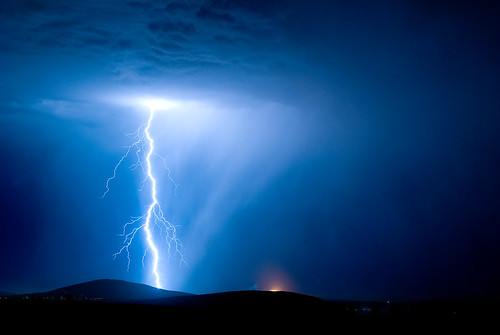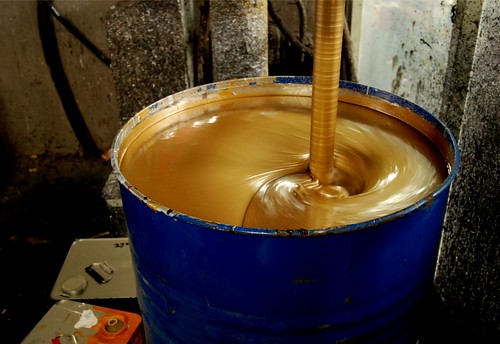[Post author: Scott Butner]
Lightning storm and brush fire, West Richland, August 7 2008 — #41 in Explore on Aug 15!, originally uploaded by Scott Butner.
Had an interesting experience in the phenomena known as viral media the other day, which I think might have some relevance to the world of P2.
I had taken a series of photos of a rare eastern Washington lightning storm — we don’t get them very often — which I’d posted to my Flickr site. It was sort of a dramatic shot, and not too surprisingly it soon became one of my most visited photos — racking up about 700 views in the first week.
Then, one day last week, someone posted it to the social recommendation site, Digg.com.
In the next 5 hours, it was downloaded 18,000 times. In the next 3 days, it was downloaded nearly 39,000 times — 3 times as often as ALL of my 2,500 other photos combined.
We live in an age where attention spans are short, but once you capture the (internet) public’s attention, you can get a huge amount of focus almost immediately. Problem is, making this happen is almost like lightning — hard to control, hard to predict.
Figuring out how to get the P2 message out on the viral media — places like YouTube, Flickr, and Digg — ought to be the focus of some real attention. Perhaps a workshop session at the next NPPR meeting?




